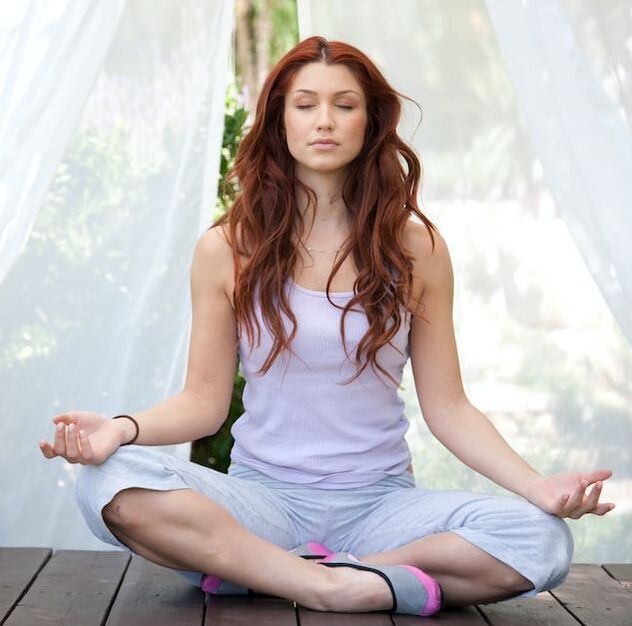The Alexander Technique: Definition, Explanation, & TipsWhat is the Alexander technique? Learn what this embodied mindfulness practice is, how it's done, some of its benefits, and how it relates to other mindfulness practices.
The Alexander technique is a specific approach and set of exercises that encourages the development of mindful awareness of the balance and posture of the body, with a particular focus on the balance, posture, and movement of the head, neck, and spine. In this article, we’ll review what the Alexander technique is as well as the basics of how to do it. We’ll also briefly talk about the Alexander technique as a tool used by performance artists to improve their on-stage performance and decrease pain and discomfort arising from extensive practice. We’ll also review how the benefits of the Alexander technique may extend to all people, not just those involved in the performing arts. Lastly, we’ll talk about how the Alexander technique is a form of embodied mindfulness, and how the Alexander technique relates to other understandings and practices of mindfulness.
Before reading on, if you're a therapist, coach, or wellness entrepreneur, be sure to grab our free Wellness Business Growth eBook to get expert tips and free resources that will help you grow your business exponentially. Are You a Therapist, Coach, or Wellness Entrepreneur?
Grab Our Free eBook to Learn How to
|
Are You a Therapist, Coach, or Wellness Entrepreneur?
Grab Our Free eBook to Learn How to Grow Your Wellness Business Fast! |
Terms, Privacy & Affiliate Disclosure | Contact | FAQs
* The Berkeley Well-Being Institute. LLC is not affiliated with UC Berkeley.
Copyright © 2024, The Berkeley Well-Being Institute, LLC
* The Berkeley Well-Being Institute. LLC is not affiliated with UC Berkeley.
Copyright © 2024, The Berkeley Well-Being Institute, LLC




